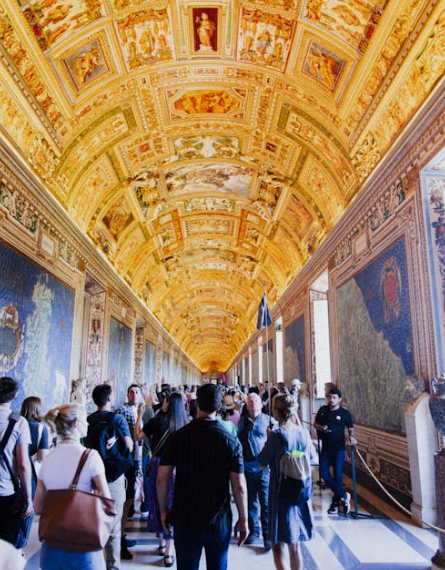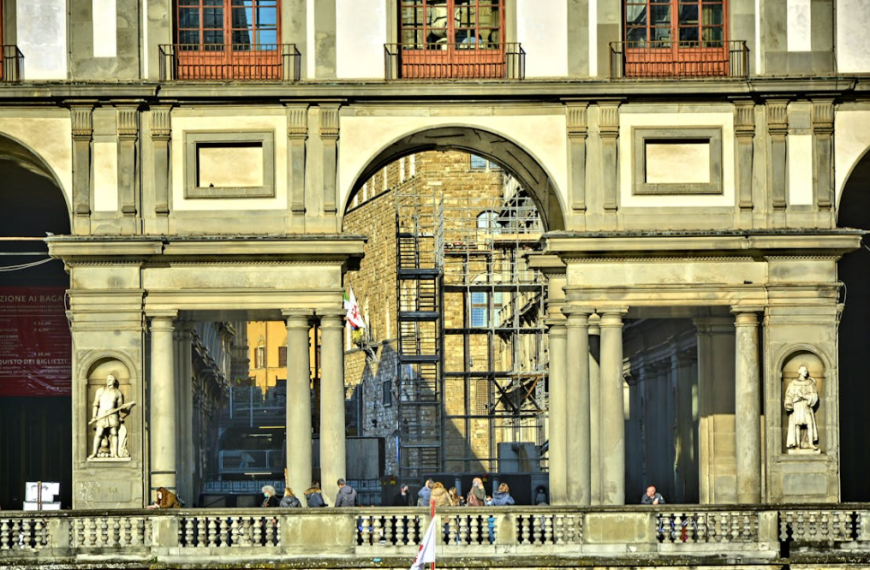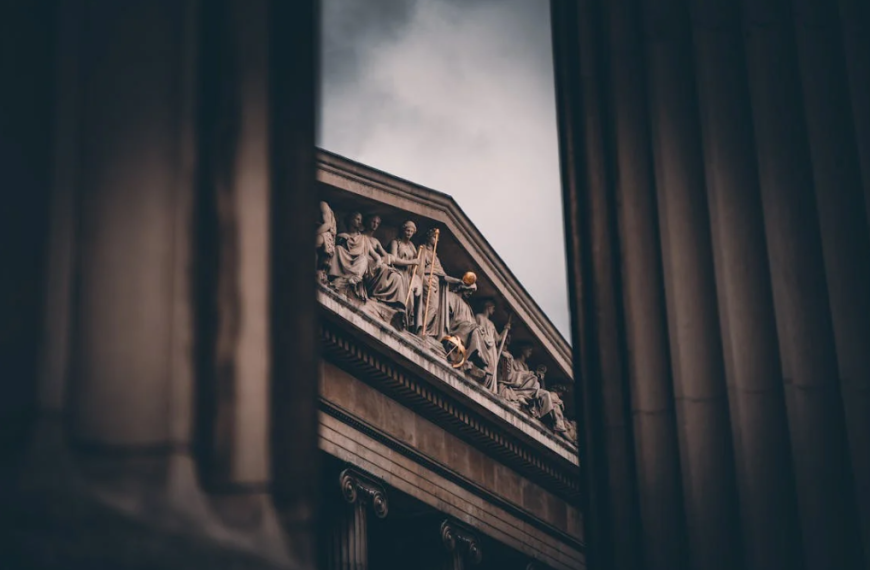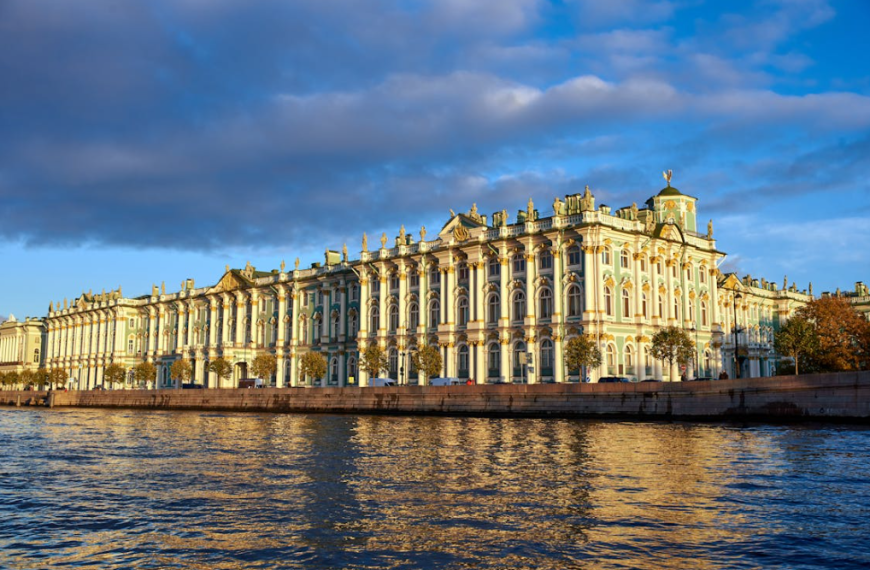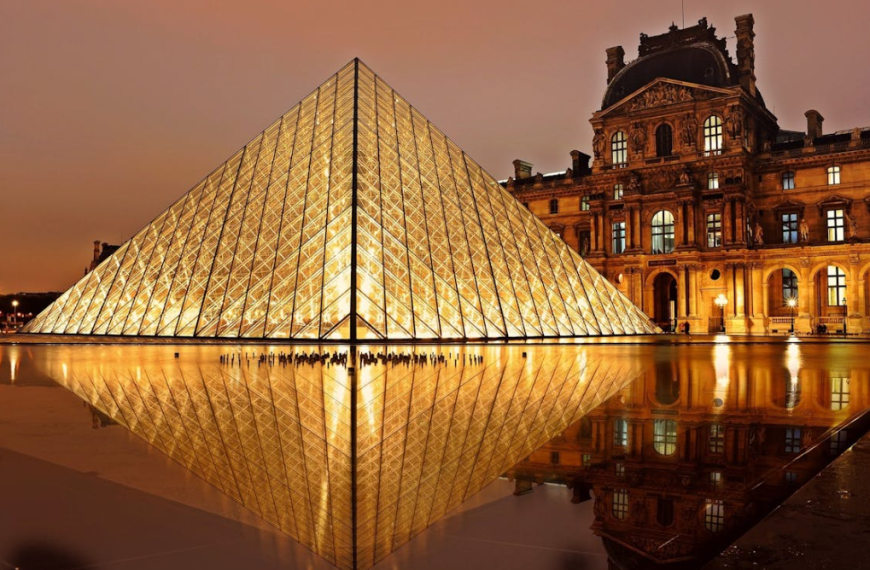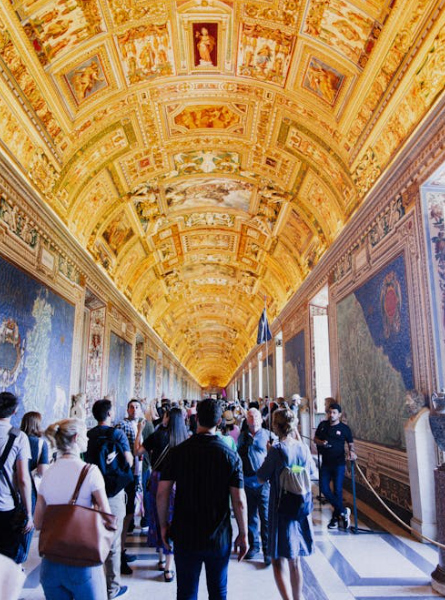Every year on St. Patrick’s Day, many Americans wear green, even if they don’t have Irish ancestors. But most people wearing green may not know that its connection to St. Patrick is weak. Instead, green originally symbolized Irish nationalism and rebellion.
Avoiding a Leprechaun’s Pinch?
Legend has it that wearing green on St. Patrick’s Day can make you invisible to leprechauns. These mischievous creatures supposedly pinch those not wearing green. But this fear of being pinched is more American than Irish, says Elizabeth Stack, who is from Ireland and works at the American Irish Historical Society. In Ireland, people don’t worry about being pinched for not wearing green. Also, leprechauns aren’t really linked to St. Patrick’s Day. St. Patrick, the patron saint of Ireland, is said to have died on March 17, around A.D. 460. Interestingly, early pictures of St. Patrick show him wearing blue clothes, not green.
English Designated Blue for St. Patrick
During the time when Ireland was under English rule, the color blue became unpopular among the Irish. In 1541, Henry VIII, who claimed himself as the king of Ireland, gave Ireland a coat of arms with a golden harp on a blue background. Then, in the late 1700s, King George III of England created a new order called the Order of St. Patrick, and its official color was a sky blue known as St. Patrick’s blue.
But the Irish didn’t like this association with blue. Instead, they chose green as their symbol. They linked green to St. Patrick because he used a shamrock, which is green, to explain Christian beliefs to the Irish. Wearing green may have started from the tradition of wearing a piece of shamrock on St. Patrick’s Day in Ireland. The shamrock symbolized the Father, Son, and Holy Spirit, which St. Patrick used to teach the Irish about Christianity.
Green as Sign of Irish Defiance
During the Great Irish Rebellion of 1641, Irish leader Owen Roe O’Neill flew a flag with a green background and an Irish harp. Even after the rebellion was stopped, an Englishman named Thomas Dineley saw people wearing green ribbons on Saint Patrick’s Day in 1681.
In the late 1700s, a group called the Society of United Irishmen used green as a symbol of their fight against English rule. They wore subtle hints of green, like feathers, to avoid being seen by the English.
Even though the rebels were defeated, the idea of wearing shamrocks and the color green as symbols of Irish nationalism continued. An old street song called “The Wearin’ o’ The Green” showed this rebellious spirit.
Irish immigrants brought the tradition of wearing green to countries like the United States, Canada, and Australia in the 1800s. St. Patrick’s Day parades in these countries became a way for Irish immigrants to proudly declare their presence in their new homes.
By the 1930s, lots of people were wearing green on St. Patrick’s Day, even President Franklin D. Roosevelt. In 1933, there was an article about how Roosevelt joked with Sen. F. Ryan Duffy of Wisconsin for not wearing green, while Roosevelt himself wore a green flower.
Nowadays, wearing green on St. Patrick’s Day is really common in the U.S. The National Retail Federation says that 82 percent of people who celebrate St. Patrick’s Day wear green to show they’re joining in the fun.


